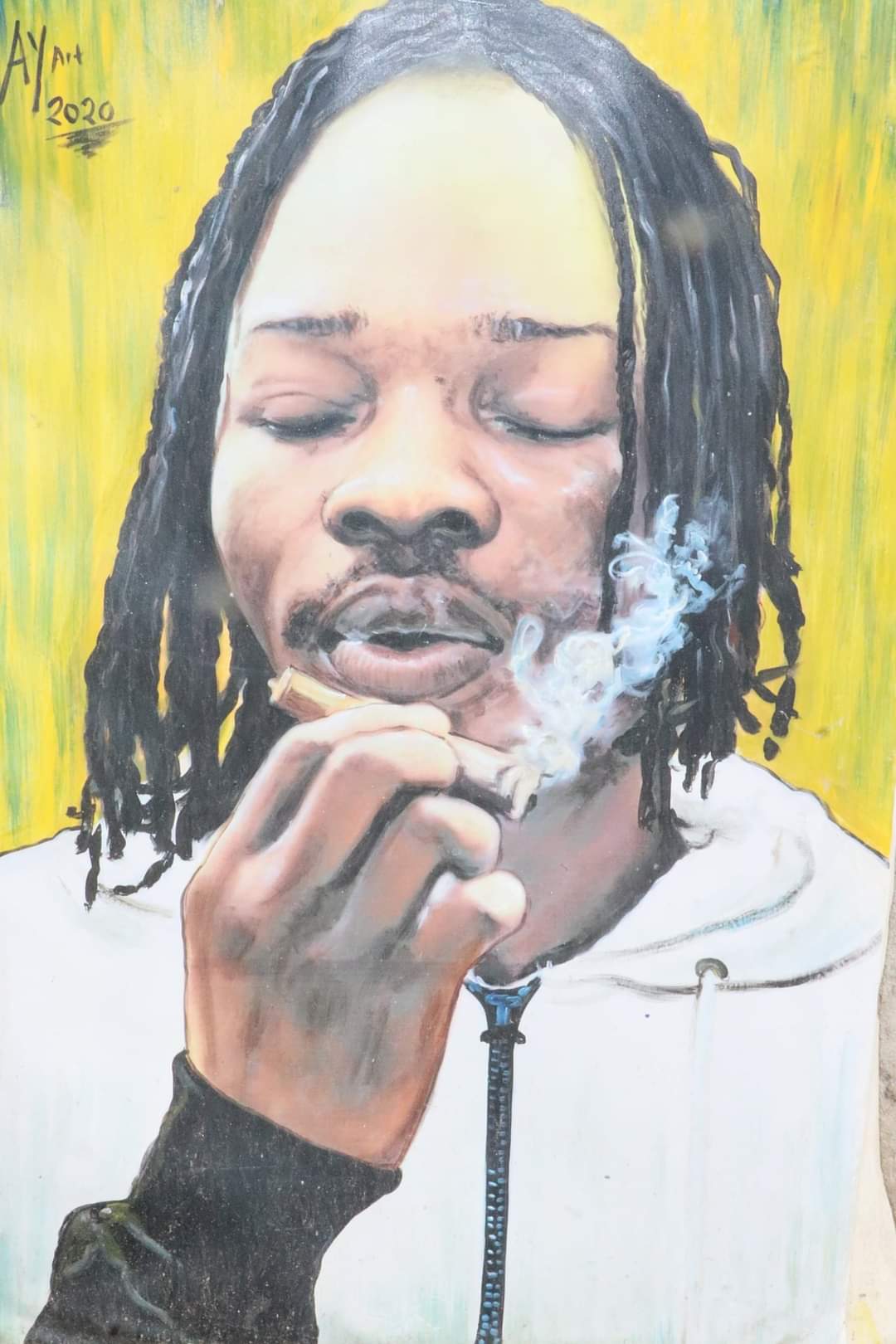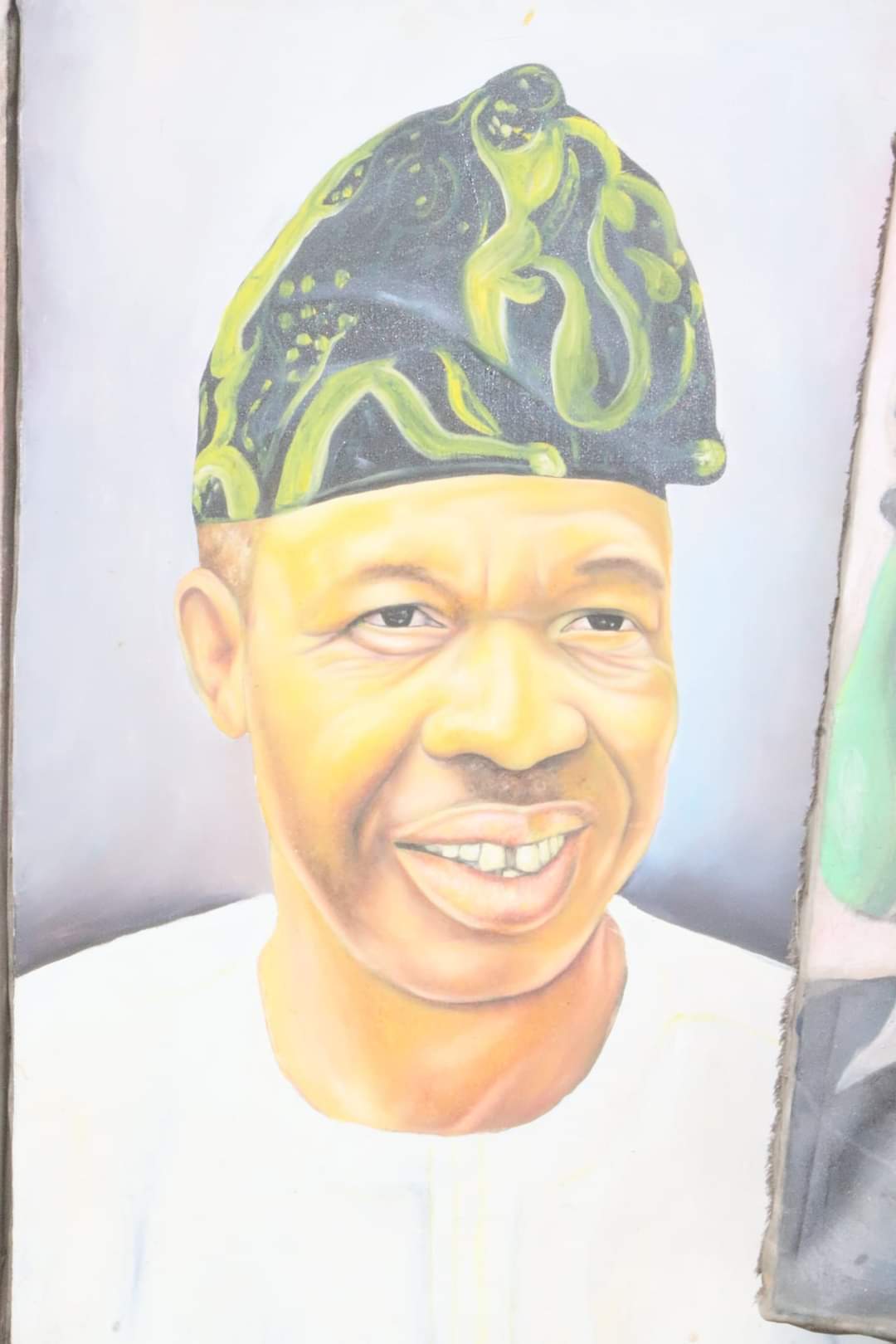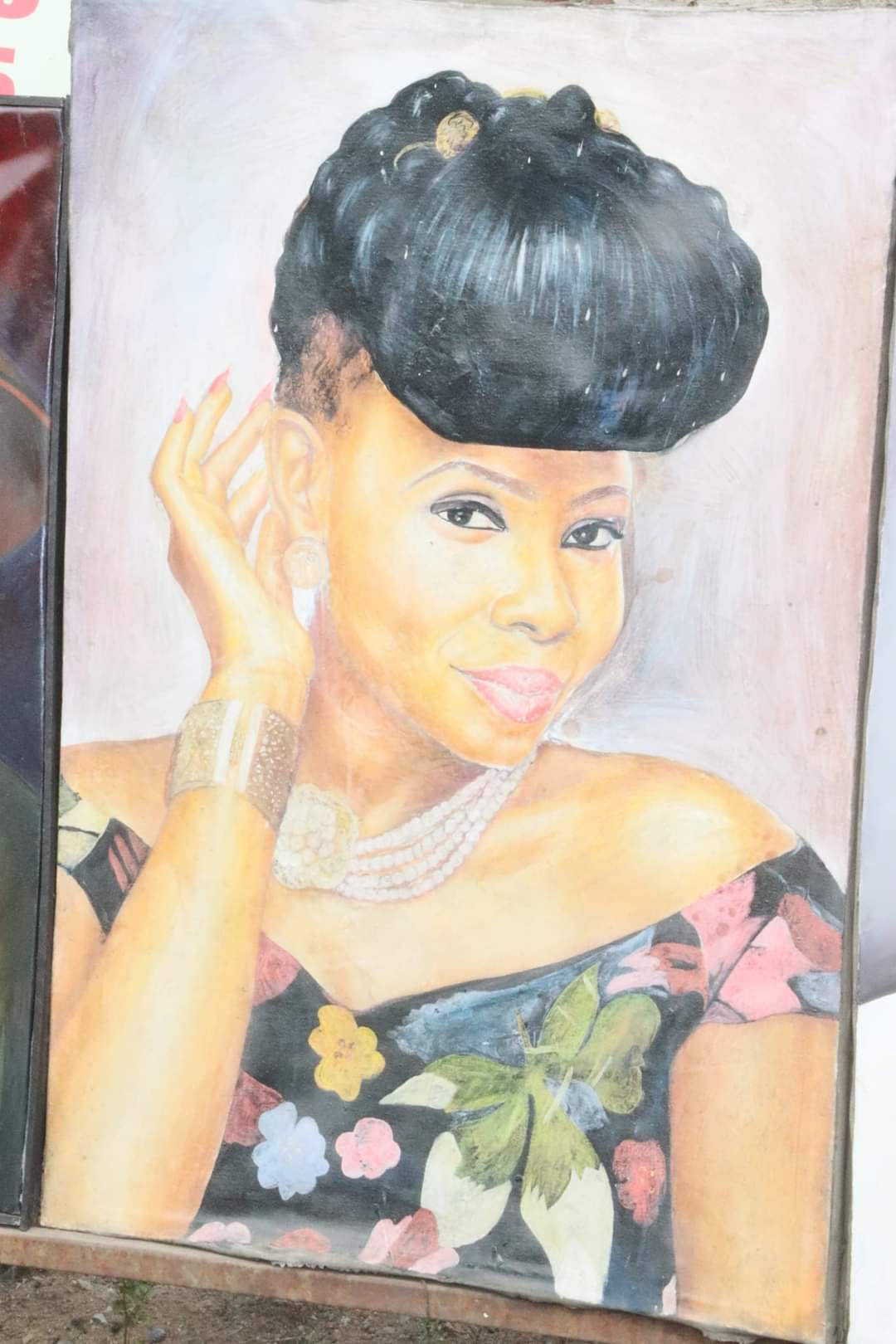By Sylvester Asoya
Street art or art by the wayside is fine art created outside conventional or instructional art studios and “exhibited” at street corners. In Nigeria, like other countries, street art is on the rise. But despite the creativity and impact of street artists, the creators are sometimes disrespectfully called portrait or graffiti artists for reasons that are not far to seek. Other people less charitable even refer to them as caricaturists or people making crafts on the road. However, the truth is that the street artist is more than a mere street craftsman. Some of them may be lowly but many are actually very talented, deep, exposed and knowledgeable in art, its history and relevance to society.
There may be conflicting views about street artists and the different colours and shades of their works but the world agrees that these artists are people who make art in public spaces or streets. One other incontrovertible fact is that street art is now an unavoidable essential part of modern art everywhere in the world. Yet, the meaning, role, recognition and appreciation of this relatively new art form, differ remarkably from country to country.

Before now, street art was generally seen by many people as a fleeting art form that would disappear in no time. Today, it is a big deal everywhere both in Nigeria and in the Western world. It is also a culture that has taken on a life of its own. Now, many urban spaces host diverse and captivating works of art by the wayside. And true to form, street art is firmly in the hands of young people who are working daily on different drawings and paintings. These young and exceptionally talented creative artists are also using art as a medium of reacting to their unique social, economic, political and cultural realities.
Aside making public statements and comments through art, there is also the advantage of street beautification and open access to beautiful works. So, on display everywhere are iconic portraits of the artists’ heroes. There are also paintings of popular Pentecostal pastors and other eminent people in different spheres of life. These include persons in music, social services, literature, activism, banking, acting, military, police and even politics.
Around cities and towns, especially in Southern Nigeria, the most common images are those of Fela Anikulapo-Kuti, radical musician and visionary pioneer of Afrobeat and his cousin, Wole Soyinka, the Nobel laureate. There are also paintings of great African leaders like Nelson Mandela and wave-making musicians like Burna Boy, Innocent Idibia, Naira Marley, Olumide, Phino, Flavour, Omowunmi, Ayefele and others.
Christopher Mafelu is a gifted visual artist from Igbanke, a border town in Edo State. This artist with kith and kin in neighbouring Delta State loves art and any creative endearvour. But Mafelu’s art is innate; he did not attend any art school. He also did not train under any of the masters at formal art institutions. However, Mafelu had the good fortune of growing up in Benin City. Benin Kingdom is a place well known for offering artists a wide range of opportunities because of the city’s great artistic tradition that dates back to many centuries. So, Mafelu did not miss the opportunity of honing his skills in Benin City.

“I fell in love with art in 1996 through a friend, an art apprentice who introduced me to his boss, Henry Okoro, an Ijaw man in Benin City. After the initial contact with our highly talented boss who attended school in Ibadan, my apprenticeship training began. I passed through all the training stages successfully, including the wrought iron section which is also another source of income for me at the moment. I thank my friend for showing the way and Okoro for giving me a life-long skill. Today, I draw very well and mix colours appropriately like a professional. Without these two people, my life would have been different. This is my story”, he says.
Ayila Thompson is another street artist in Lagos. Like Mafelu, he did not have the privilege of any formal art education but he was influenced by his neighbor at Somolu who was at the time, an art student at Yaba College of Technology. At YABATECH, art is a famous discipline because of the quality of instruction, the graduates it produces and the notable and highly experienced teachers who teach the subject. “I am artist today because of brother Peter who trained me informally. I remember accompanying him to YABATECH and beholding those beautiful art works that are found everywhere on campus. I knew there was no way I would have attended the school but I saw a future with art. So, I decided to make the best of my time with brother Peter who was a good mentor and willing to impact knowledge. I thank God for making our path to cross and I will forever be grateful to him for guiding me. Those formative and learning years under that fantastic artist remain my best years”, he admits.

There are other interesting success stories of street artists who are living their dreams and making a living as artists in other Nigerian towns and cities apart from Lagos. For instance, in Enugu State, many of them are commonly found around Ogbete, Independence Layout, Enugu Shopping Mall and Government Reserved Area, GRA. And in Port Harcourt, the Rivers State capital, street artists have presence at Agudama Street, D Line and Mommy B Road by MOPOL 19. So are others in many state capitals and major towns in Nigeria.
However, one thing is certain; street art, like any creative enterprise reminds man about his past and present in a connotative manner. Again, it draws attention artistically to mankind’s realities, successes, failures, hope, strength and even the unpredictable life ahead. So in all, humanity is better off with street art for its frank and undisguised verdict.
(This article was first published in alice, the in-flight journal of Air Peace.)
• Asoya is a columnist and prolific art writer.